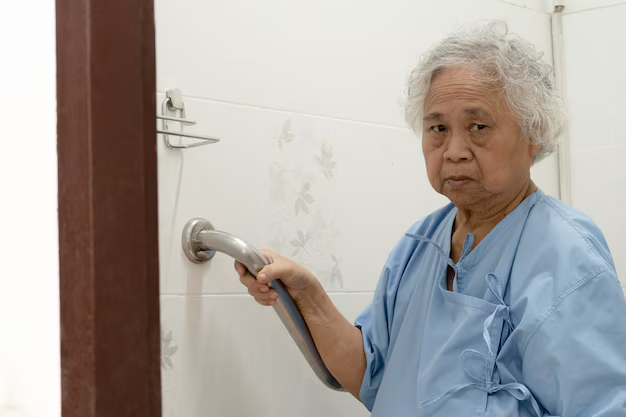Does Medicare Cover Incontinence Supplies? Here's What You Need to Know
Living with incontinence can be challenging, both physically and financially. One of the pressing questions many face is whether Medicare can help cover the costs of incontinence supplies. Let's dive into the facts and explore ways to manage these expenses.
Understanding Medicare's Coverage
When considering Medicare coverage, it's crucial to recognize the distinctions between its different parts. Medicare Part A covers hospital stays, Medicare Part B includes outpatient care, some doctor’s services, and preventive services, while Medicare Part D covers prescription drugs. However, incontinence supplies, such as adult diapers and catheters, are not typically covered under these parts unless they are part of a specific medical treatment that is covered.
This exclusion often leaves individuals searching for alternative solutions. Typically, incontinence supplies are considered personal convenience items, and therefore not traditionally covered by Medicare. Yet, don't lose hope—there are numerous resources available to assist with these costs.
Exploring Alternative Options
Recognizing that Medicare may not offer the needed support for incontinence supplies, you may want to explore other avenues:
Medicaid: If you're eligible, Medicaid might cover these supplies, depending on your state-specific program. It's worth checking your state’s guidelines to understand your potential benefits.
Supplemental Insurance: Look into supplemental insurance policies, sometimes known as Medigap, that can offer additional coverage options for items not included in standard Medicare, such as incontinence supplies.
These pathways do require some investigation and often personalized assistance, but they can lessen the financial burden significantly.
Financial Assistance Programs
If neither Medicaid nor supplemental insurance seems viable, there are various financial assistance programs that can help:
Nonprofit Organizations: Numerous charitable organizations offer assistance or subsidies for purchasing incontinence supplies. They can be a lifeline for those in need.
State Agencies on Aging: Your local agency may provide resources or funding assistance. Reaching out to them can be incredibly beneficial.
Being informed and proactive is key to finding the support you need.
Bridging the Gap with Financial Tools
While exploring coverage options, you might consider other financial tools to help manage expenses associated with incontinence supplies. Here are some suggestions:
Medical Savings Accounts (MSAs): An MSA allows you to save money tax-free for medical expenses, offering flexibility in managing costs.
Credit Solutions: Carefully explore credit options that offer low interest to alleviate immediate financial pressures while seeking permanent solutions.
Government Aid Programs: Broaden your search to include general aid programs that might indirectly offer financial breathing room by reducing other expenses.
Wrapping Up with Confidence
Living with incontinence requires resilience, but financial constraints shouldn't deter your access to essential supplies. By exploring Medicaid, supplemental insurance, or dedicated financial and government assistance programs, you can alleviate some of the financial pressures linked to incontinence.
Ready to explore these options? Here's a handy list to guide you:
- 🌟 Medicaid: State-specific programs offering potential coverage
- 🏥 Supplemental Insurance: Additional plans for comprehensive coverage
- 🤝 Nonprofit Organizations: Charitable support for supplies
- 📞 State Agencies on Aging: Local resources for assistance
- 💰 Medical Savings Accounts (MSAs): Tax-free saving for medical costs
- 💳 Credit Solutions: Low-interest cards or loans for essential purchases
- 🏛 Government Aid Programs: Broad financial support mechanisms
Don't hesitate to reach out to these resources and safeguard your health with the necessary supplies and support.

Related Topics
- a Patient You Are Caring For Uses Incontinence Briefs
- Are Incontinence Products Tax Deductible
- Are Incontinence Supplies Covered By Medicare
- Are Incontinence Supplies Tax Deductible
- Can a Bladder Infection Cause Urinary Incontinence
- Can a Kidney Stone Cause Incontinence
- Can a Urinary Tract Infection Cause Incontinence
- Can a Uti Cause Incontinence
- Can Constipation Cause Incontinence
- Can Constipation Cause Urinary Incontinence